Specifically, according to the State Bank of Vietnam (SBV), after many commercial banks reduced lending rates, the current newly generated VND lending interest rate is around 9.3%/year (down 0.65%/year compared to the end of 2022).
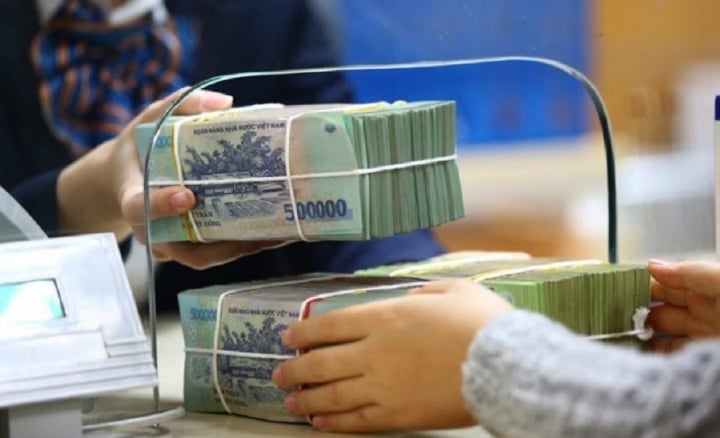
Lending interest rates are still high. (Illustration: Vietnamnet)
Explaining this, the State Bank said there are many reasons for the impact. First, the banking system is the main capital supply channel for the economy. Vietnam's economy depends mainly on bank credit (credit/GDP ratio at the end of 2022 was 125.34%), while capital demand for economic development is always high, creating pressure on lending interest rates.
"After the COVID-19 pandemic, the economy recovered, so the demand for capital for production and business increased, the banking system used the maximum amount of mobilized capital to meet the capital needs of the economy. Currently, the gap between deposits and credit in VND is at 167,000 billion VND; the capital utilization ratio in market 1 (credit ratio/capital mobilization in market 1) in VND is at 101.45%, down from 102.28% at the end of 2022 but still at a very high level.
The banking system mainly mobilizes short-term capital (about 88% of deposits are for terms of 12 months or less) but still has to meet medium and long-term lending needs, which has created pressure on deposit interest rates. At the same time, the pressure to increase interest rates always exists because Vietnam has a large economic openness, fluctuations in the world financial and monetary markets have a rapid and strong impact on domestic interest rates and exchange rates," the State Bank analyzed.
Next, the world interest rate level will increase in 2022 and remain high in the first months of 2023. Major central banks in the world continue to implement the roadmap of tightening monetary policy and maintaining high interest rates, the Fed has raised interest rates 10 times.
The existing and latent inflationary pressure makes people expect positive real interest rates, so credit institutions find it difficult to reduce interest rates to attract deposits, causing banks' input costs to remain high. Capital mobilization as of April 27, 2023 increased by 1.78%, only nearly 50% compared to the credit growth rate of 3.04%.
Circular No. 02/2023/TT-NHNN, newly issued on April 23, 2023, allows restructuring of debt repayment terms and maintaining the debt group of customers facing difficulties, meaning that banks have not yet collected debts when due, while banks still have to ensure payment of deposits, reducing loan sales and slowing down capital turnover in the economy, putting pressure on the ability to balance capital and room for interest rate reduction.
At the same time, the banking system is still in the process of restructuring and handling bad debts, upgrading governance standards according to international practices..., some small-scale commercial banks maintain high deposit interest rates to retain customers, making it more difficult to reduce lending interest rates.
According to current regulations, the decision on lending interest rates is agreed upon by the bank and the customer based on the supply and demand of capital in the market and the creditworthiness. In case the market interest rate fluctuates or the State Bank adjusts the operating interest rates, leading to the bank increasing or decreasing the deposit interest rate, or the bank proactively adjusts the lending interest rate downward, for loans for which the bank and the customer have agreed on the interest rate, the bank will continue to apply the agreed interest rate until the end of the loan term or until the end of the interest payment period according to the loan agreement.
In addition, the State Bank of Vietnam also currently regulates the maximum short-term lending interest rate in VND (currently at 4.5%/year) of credit institutions for customers to meet some capital needs to reduce loan costs and increase access to loans according to the Government's direction.
Many policies to reduce lending rates
From March 10, 2023, to achieve the goal of increasing money supply and reducing lending interest rates as directed by the Government and the Prime Minister, the State Bank has increased the volume and extended the term of daily bids for valuable papers to signal its readiness to supply capital to the money market.
Adjusting the interest rate on valuable papers from 6%/year to 5.5%/year (from March 15, 2023) and down to 5.0%/year (from April 3, 2023), the available capital of credit institutions is guaranteed and often in surplus.
Since the beginning of 2023, the SBV has purchased a large amount of foreign currency to supplement foreign exchange reserves (over 6 billion USD). In addition, for transactions of credit institutions purchasing foreign currency on a term basis with the "end-buyer", the SBV and credit institutions have also extended these transactions with a total value of 3.99 billion USD; at the same time, credit institutions have canceled the purchase of 1.74 billion USD from the SBV.
The above solutions have significantly contributed to creating excess liquidity in the market, thereby stabilizing the interbank market interest rate level, supporting credit institutions to reduce deposit interest rates and reduce lending interest rates for the economy.
Thanh Lam
Useful
Emotion
Creative
Unique
Wrath
Source


![[Photo] Prime Minister Pham Minh Chinh meets with General Secretary and President of China Xi Jinping](https://vstatic.vietnam.vn/vietnam/resource/IMAGE/2025/4/14/893f1141468a49e29fb42607a670b174)
![[Photo] National Assembly Chairman Tran Thanh Man meets with General Secretary and President of China Xi Jinping](https://vstatic.vietnam.vn/vietnam/resource/IMAGE/2025/4/14/4e8fab54da744230b54598eff0070485)
![[Photo] Tan Son Nhat Terminal T3 - key project completed ahead of schedule](https://vstatic.vietnam.vn/vietnam/resource/IMAGE/2025/4/15/85f0ae82199548e5a30d478733f4d783)

![[Photo] Reception to welcome General Secretary and President of China Xi Jinping](https://vstatic.vietnam.vn/vietnam/resource/IMAGE/2025/4/15/ef636fe84ae24df48dcc734ac3692867)
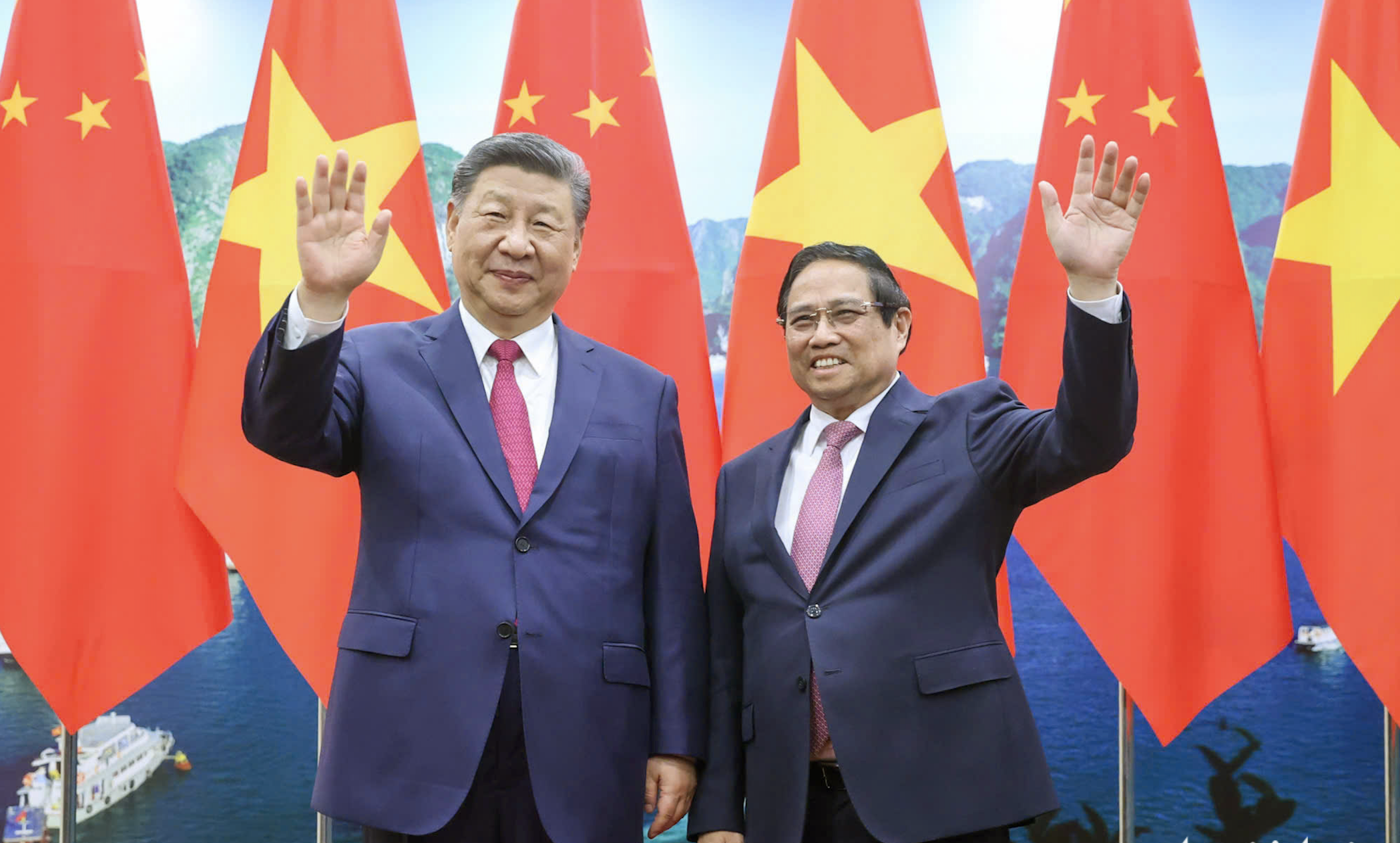


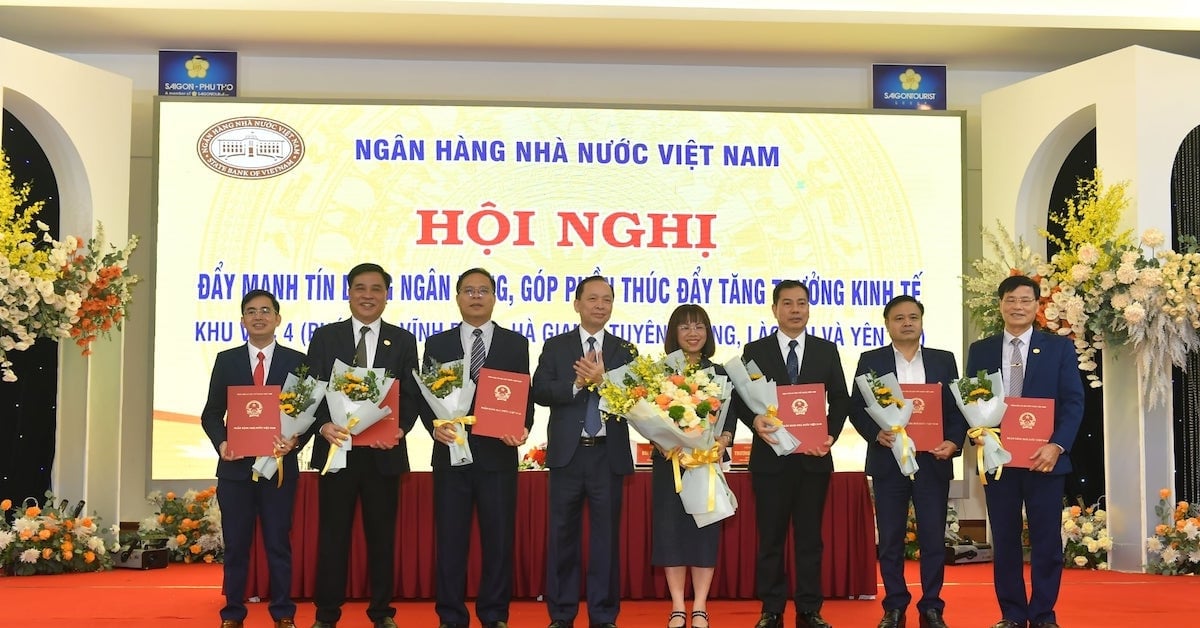
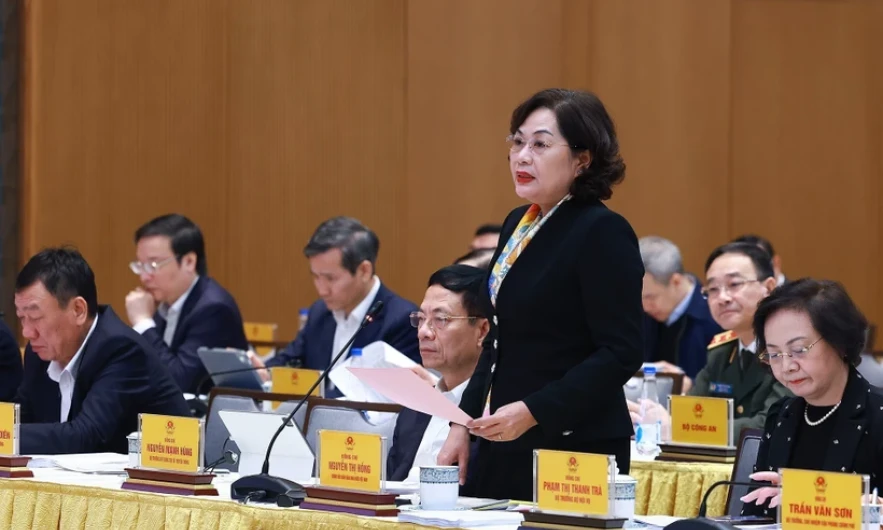

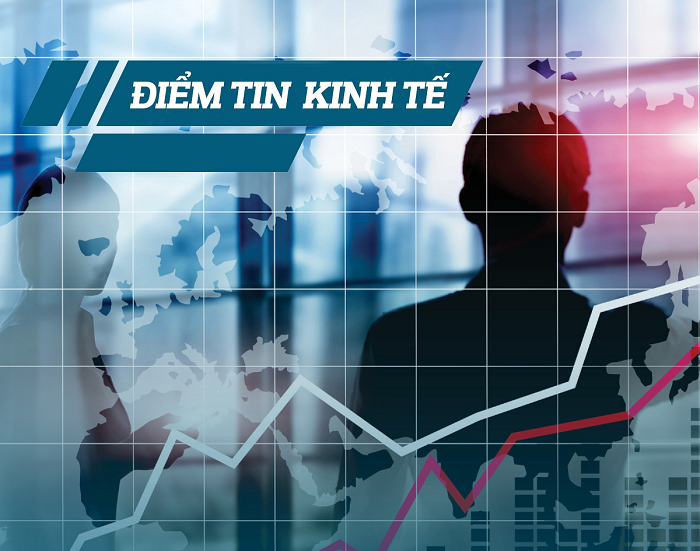
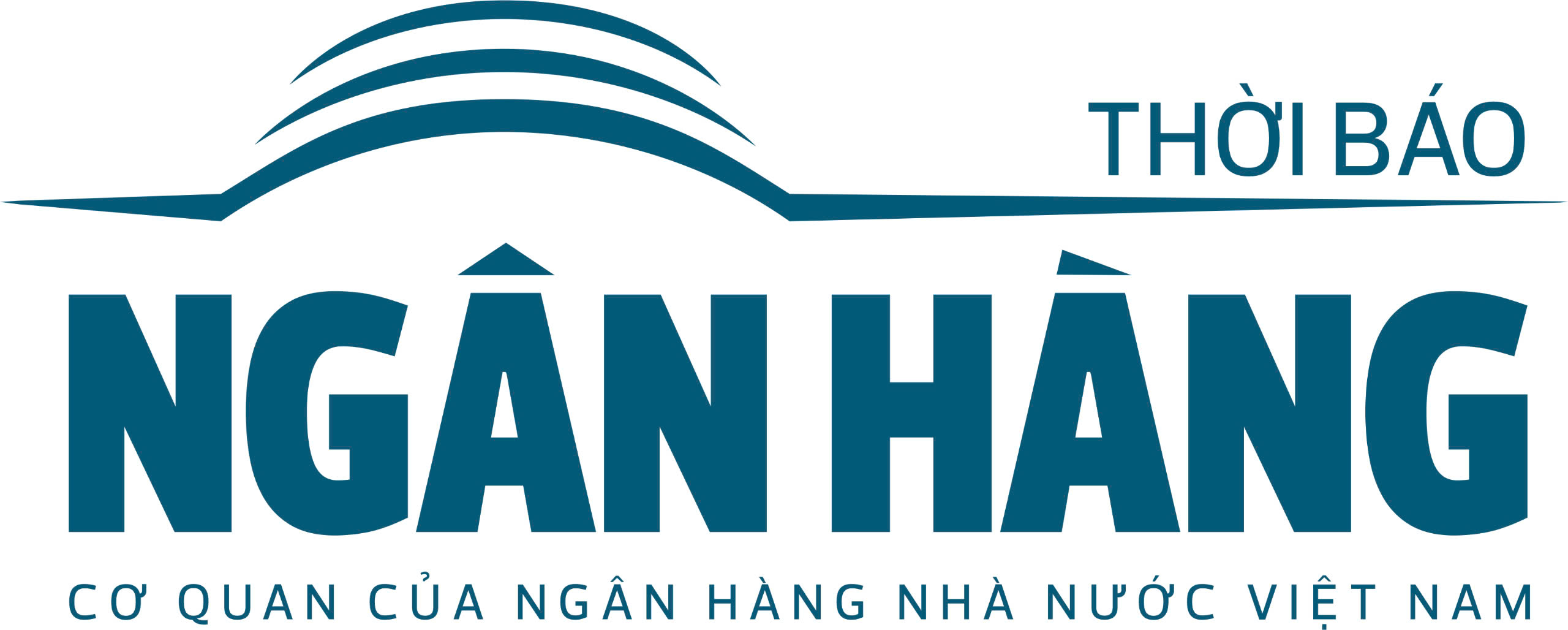
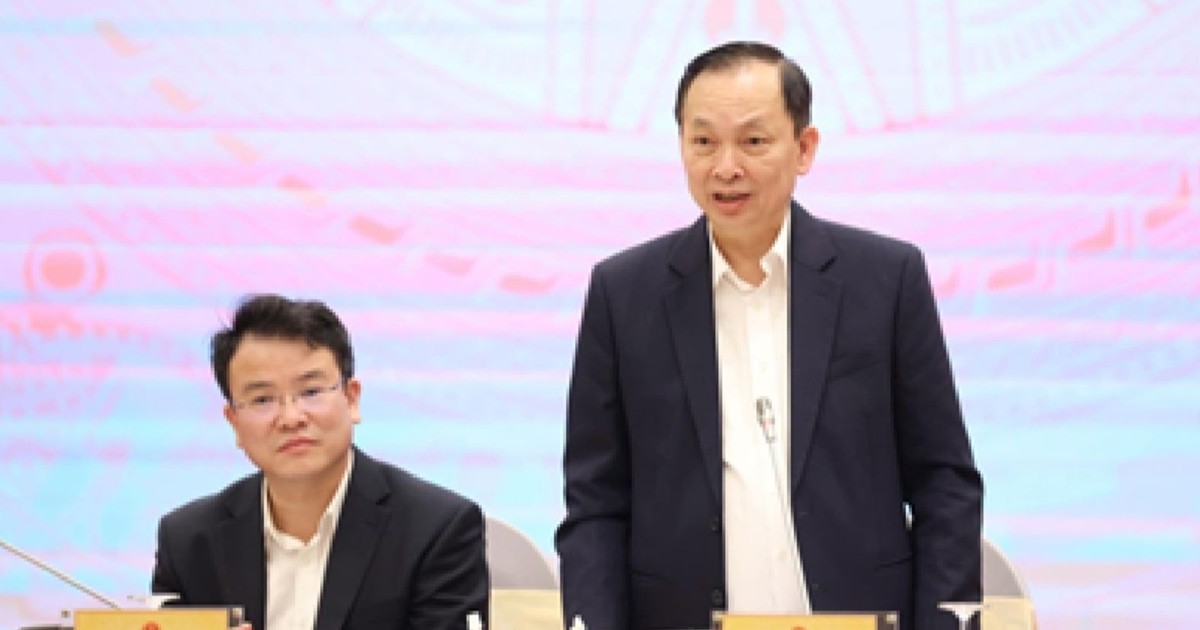

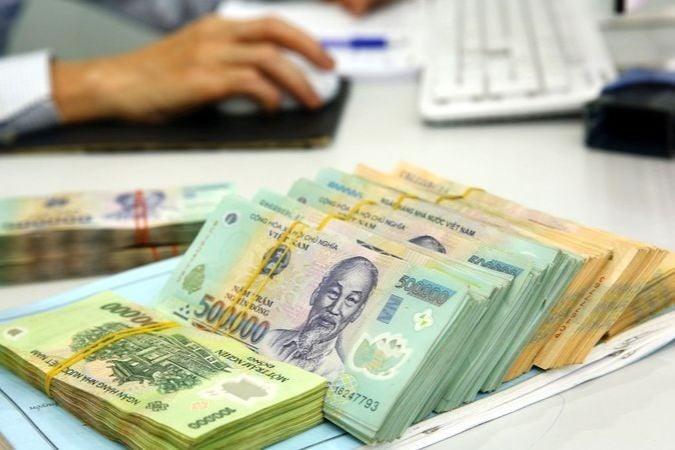





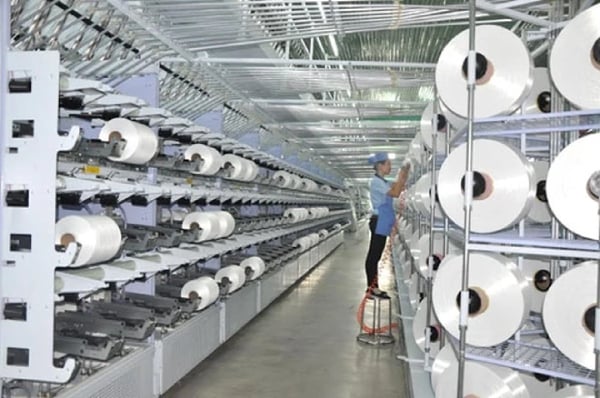

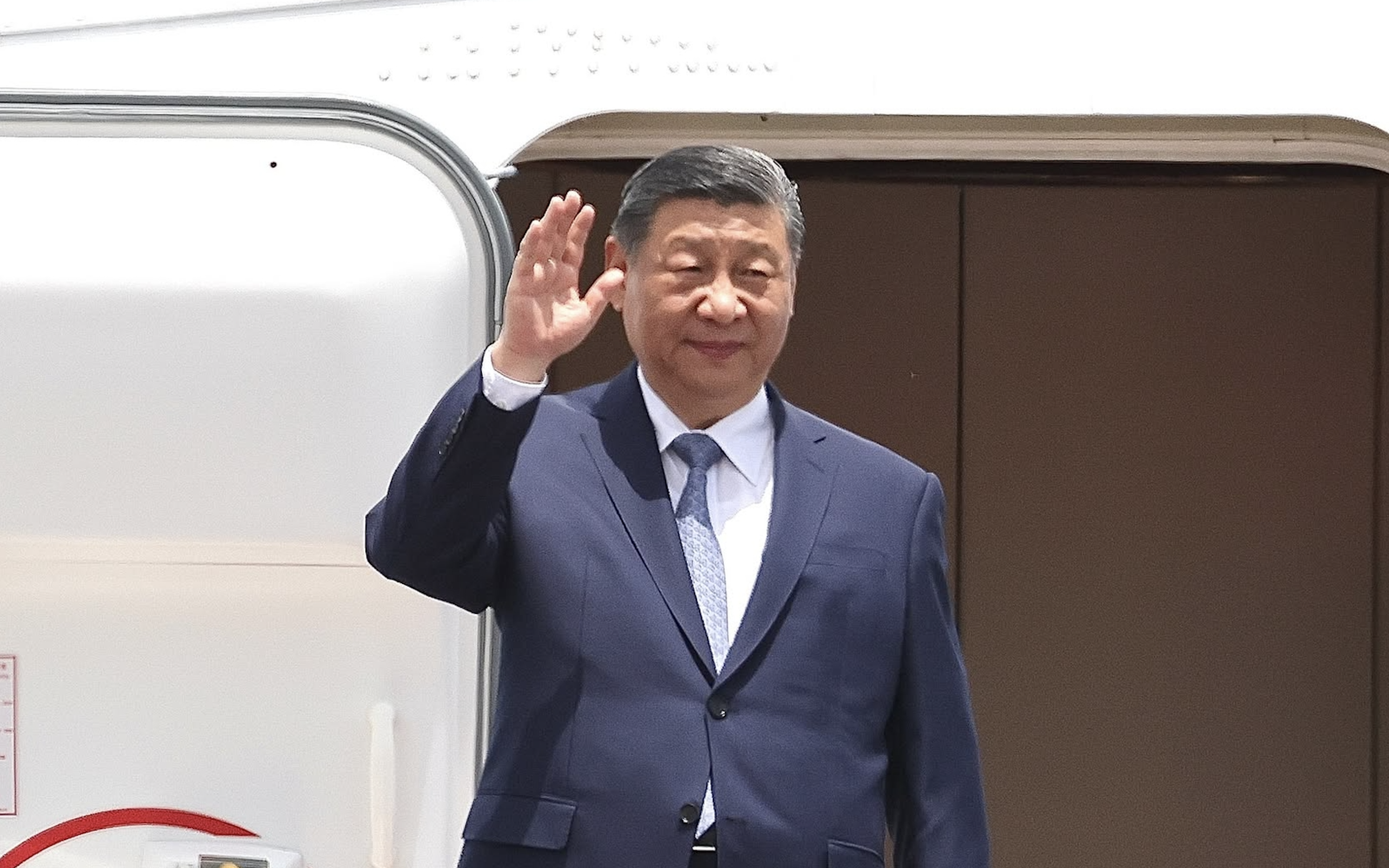



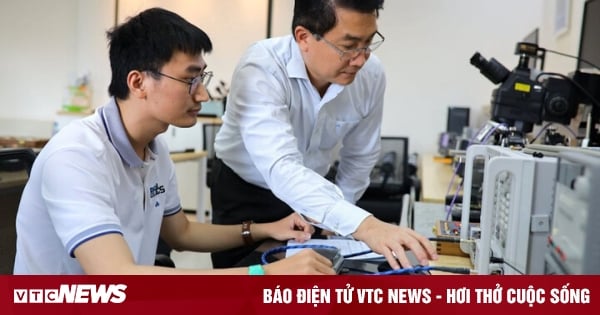



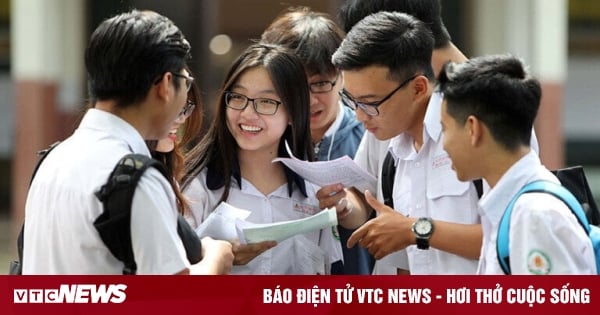




















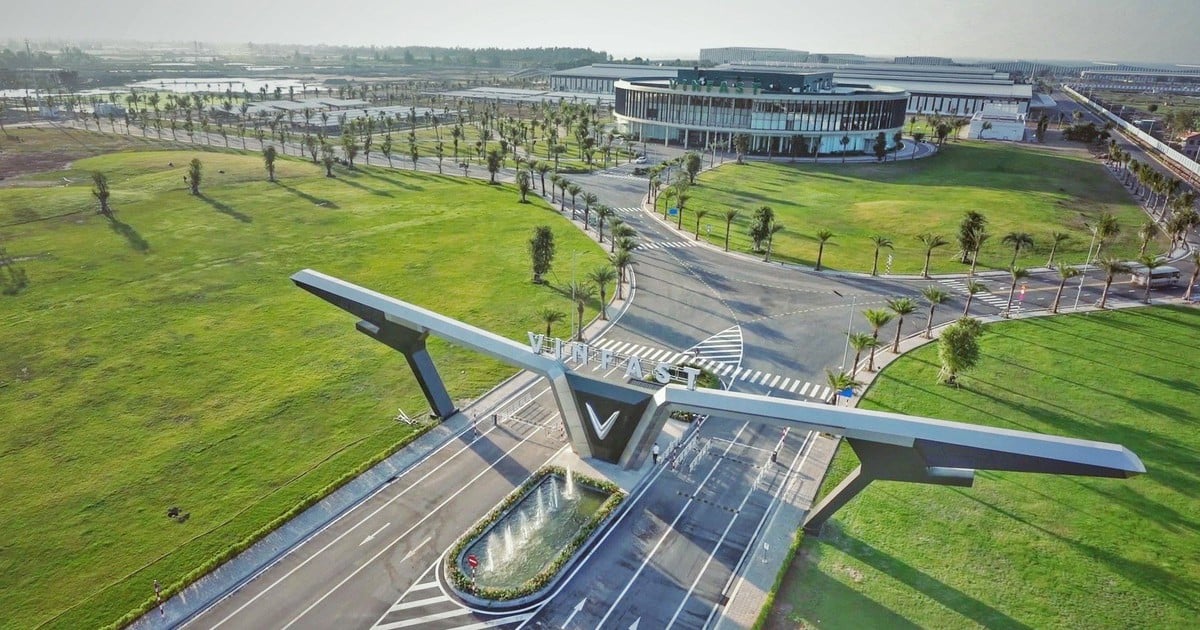

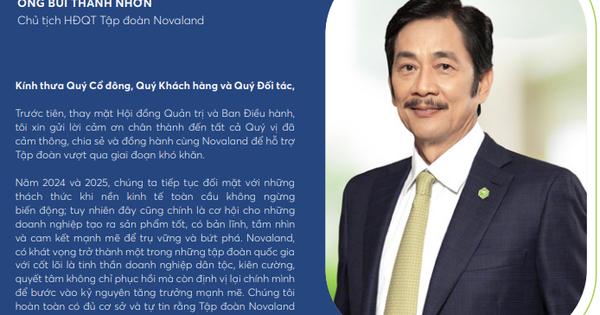
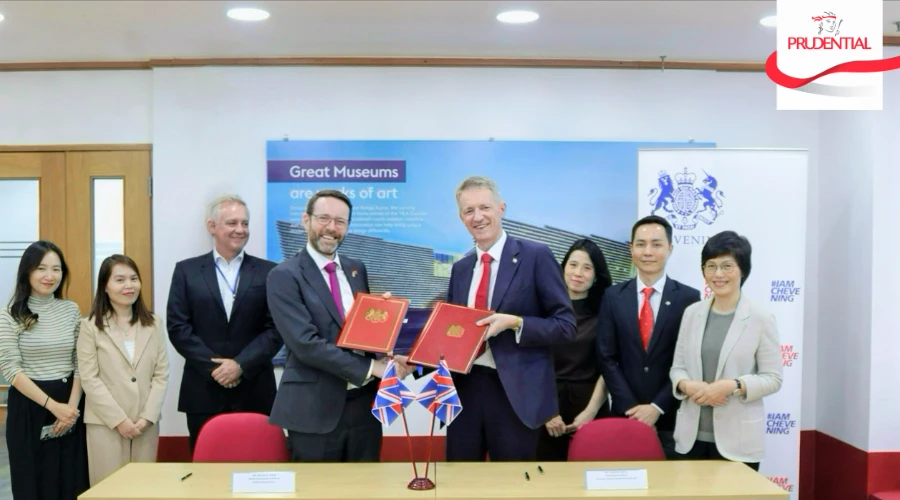

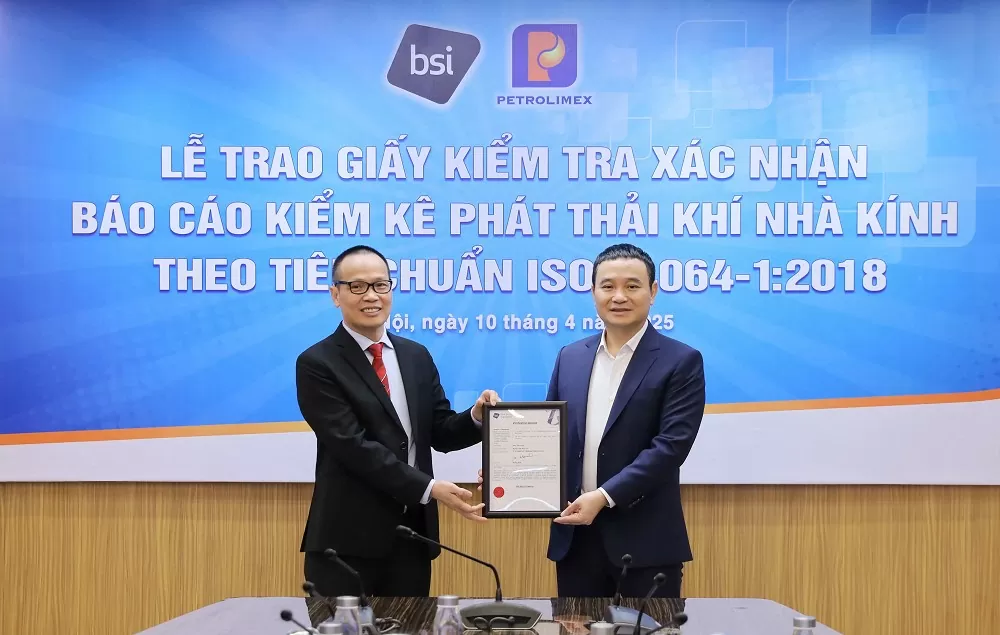






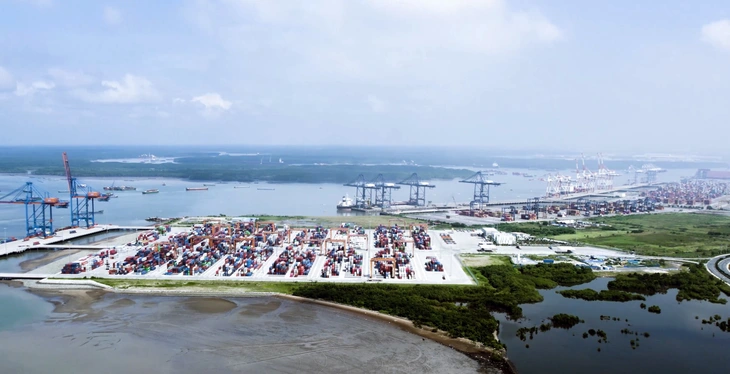

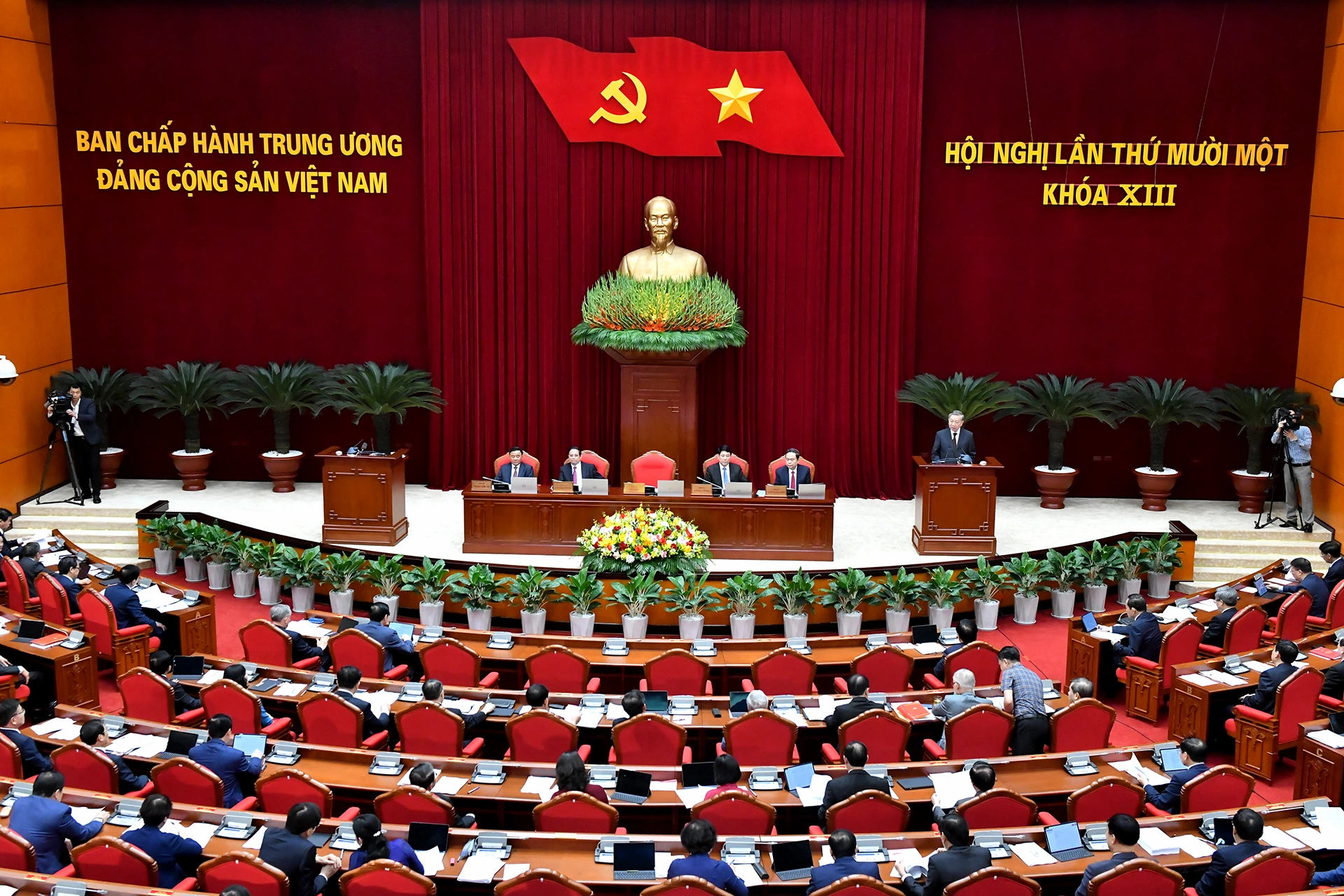

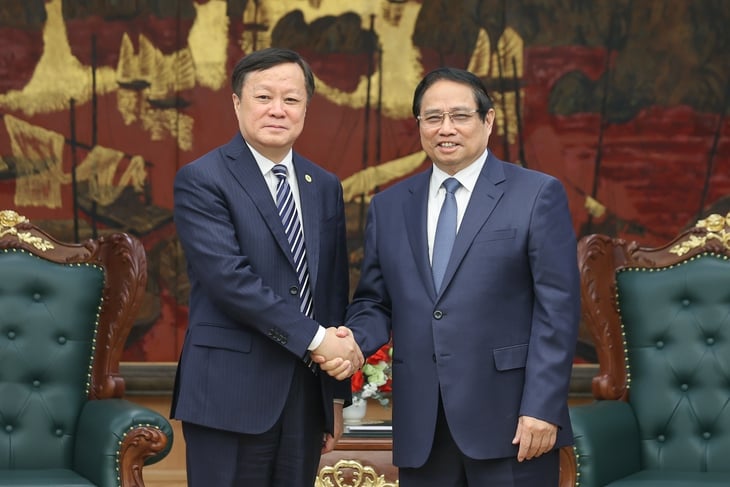






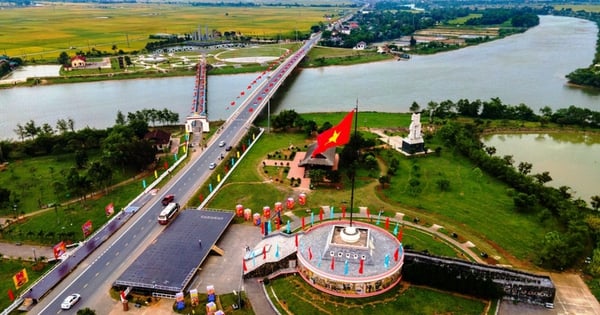
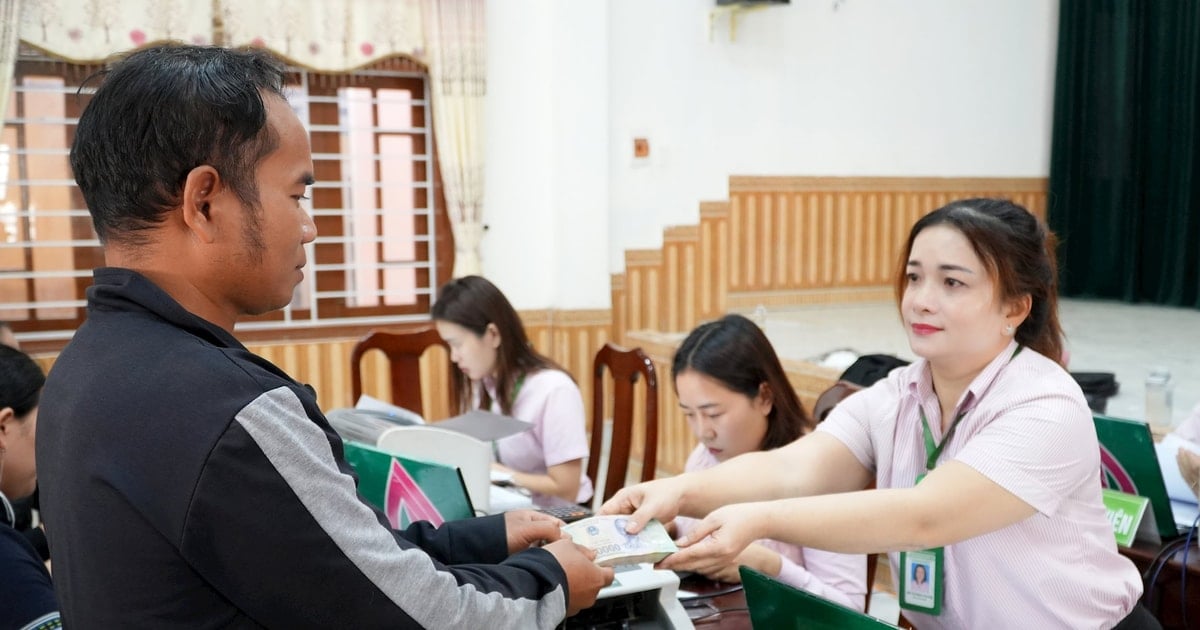

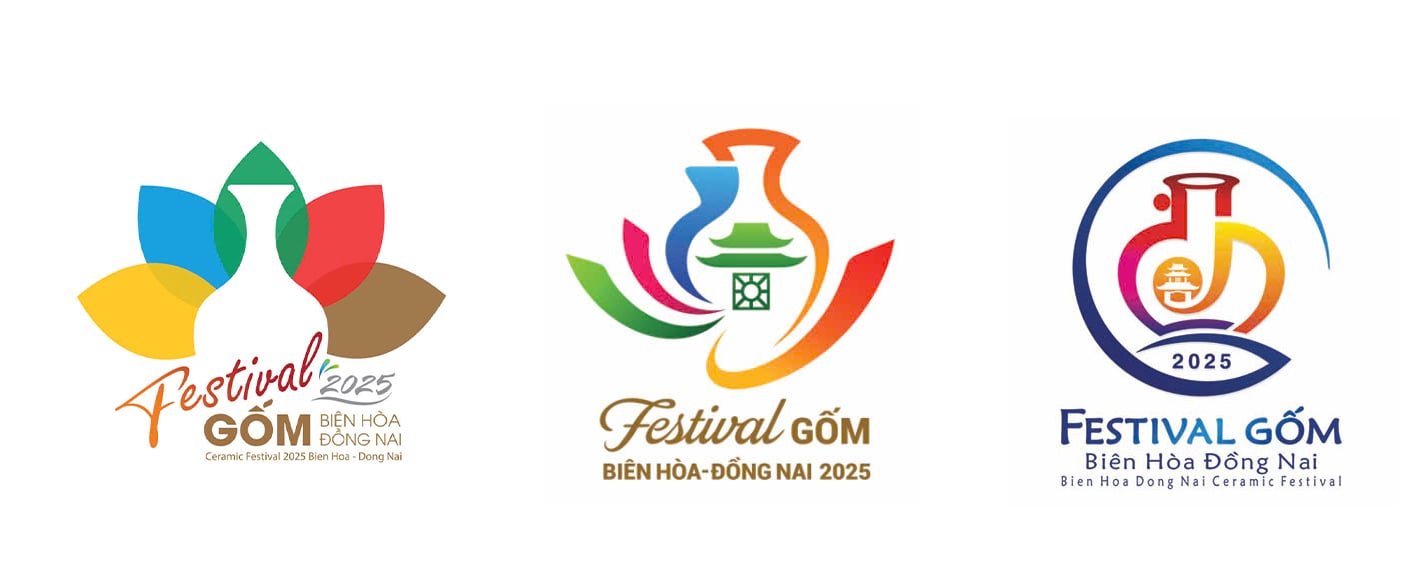

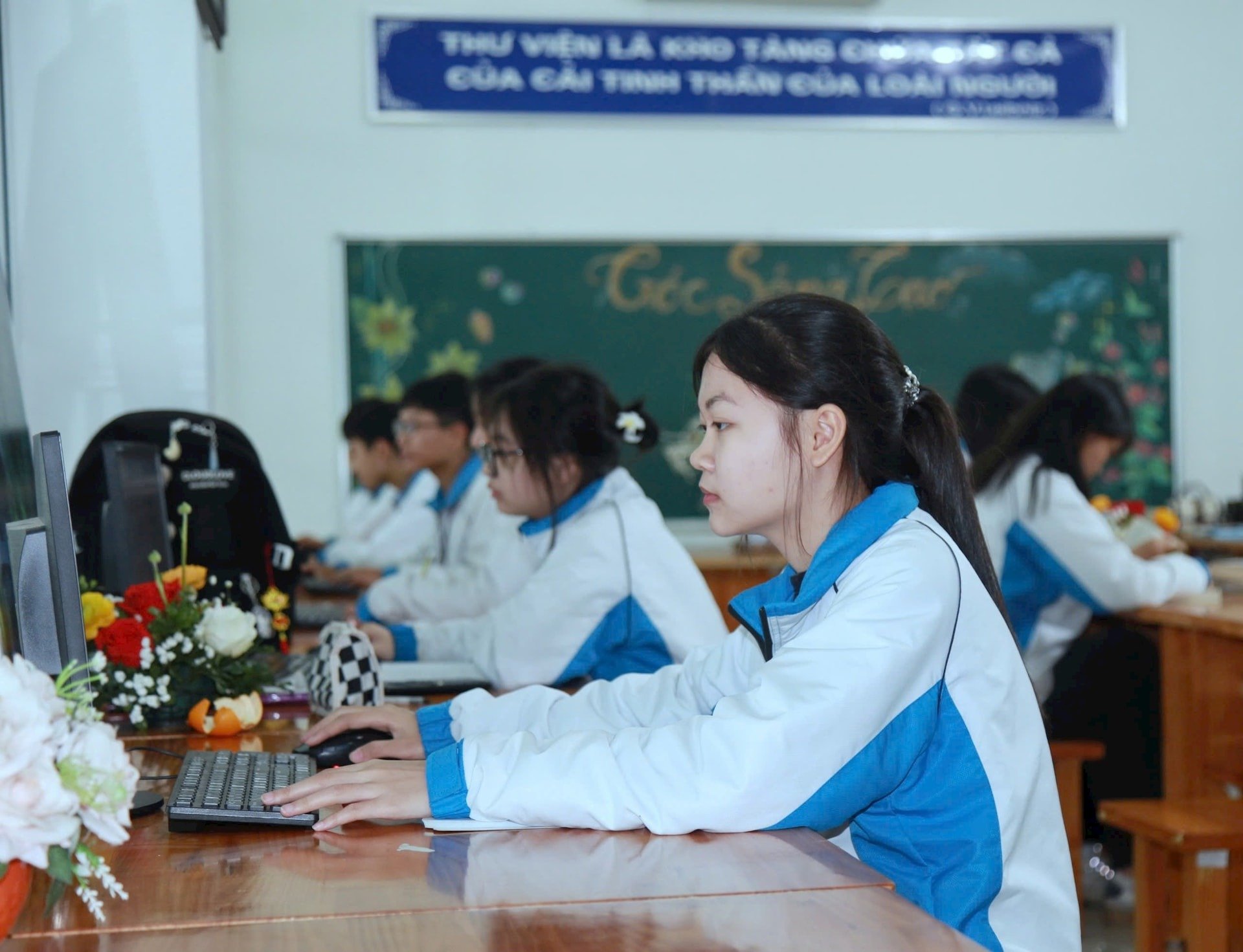

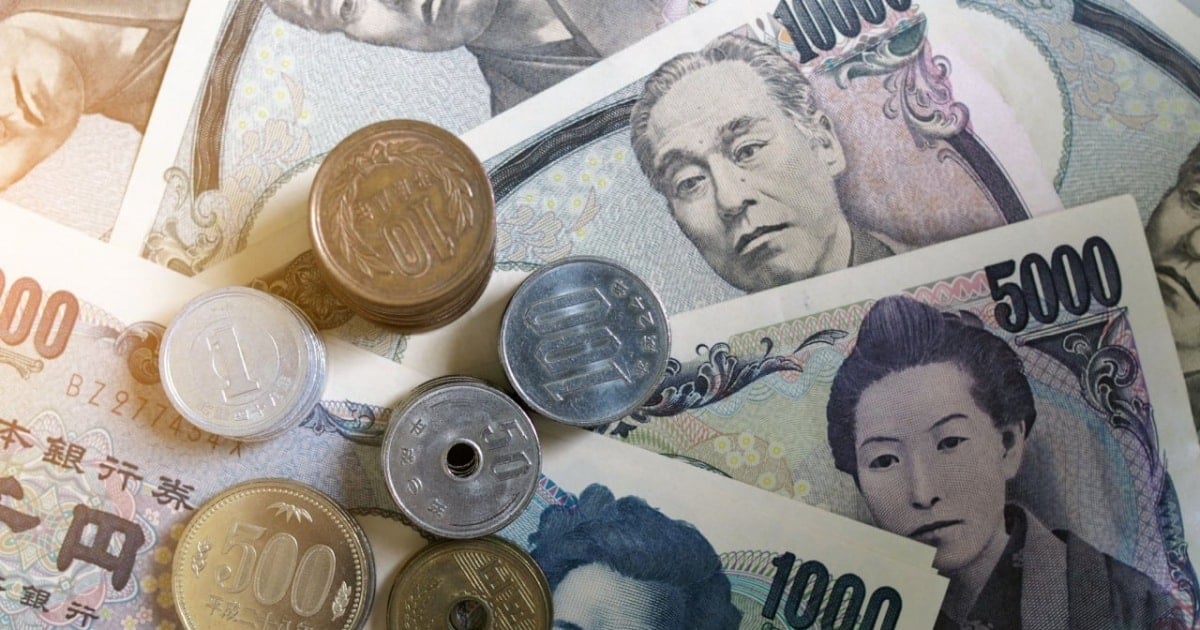



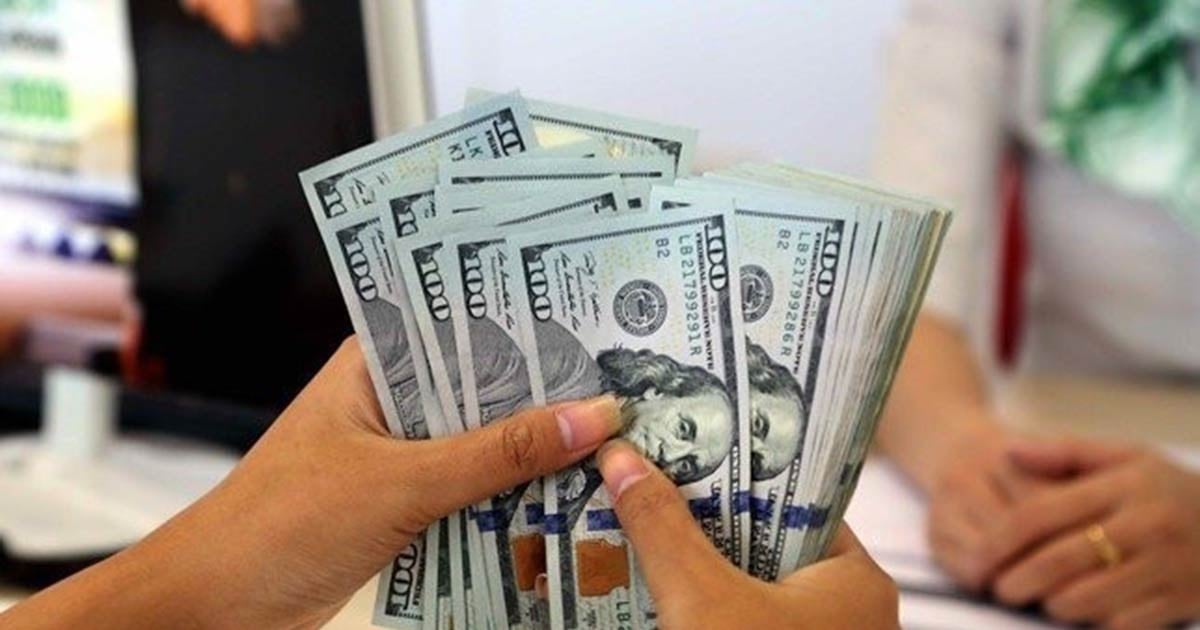


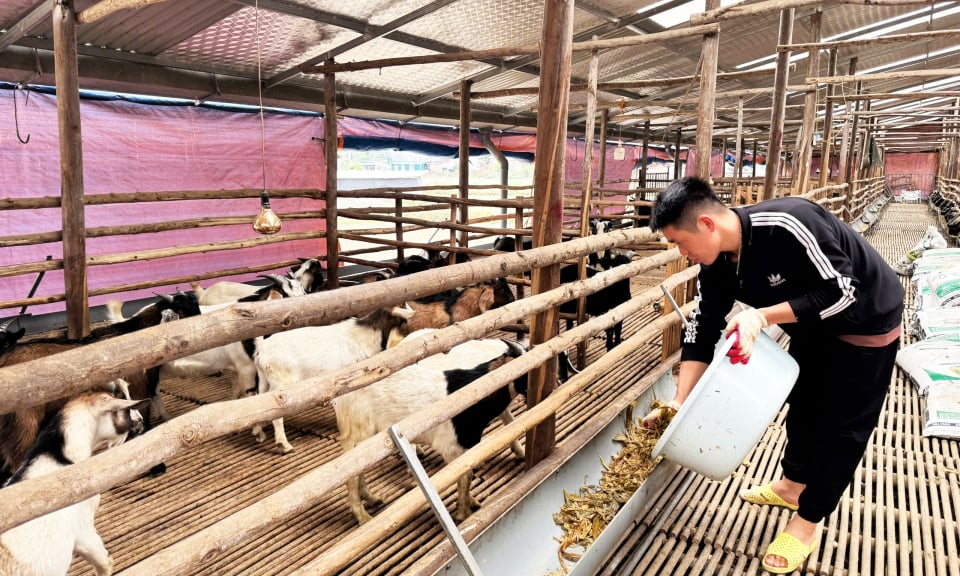






Comment (0)